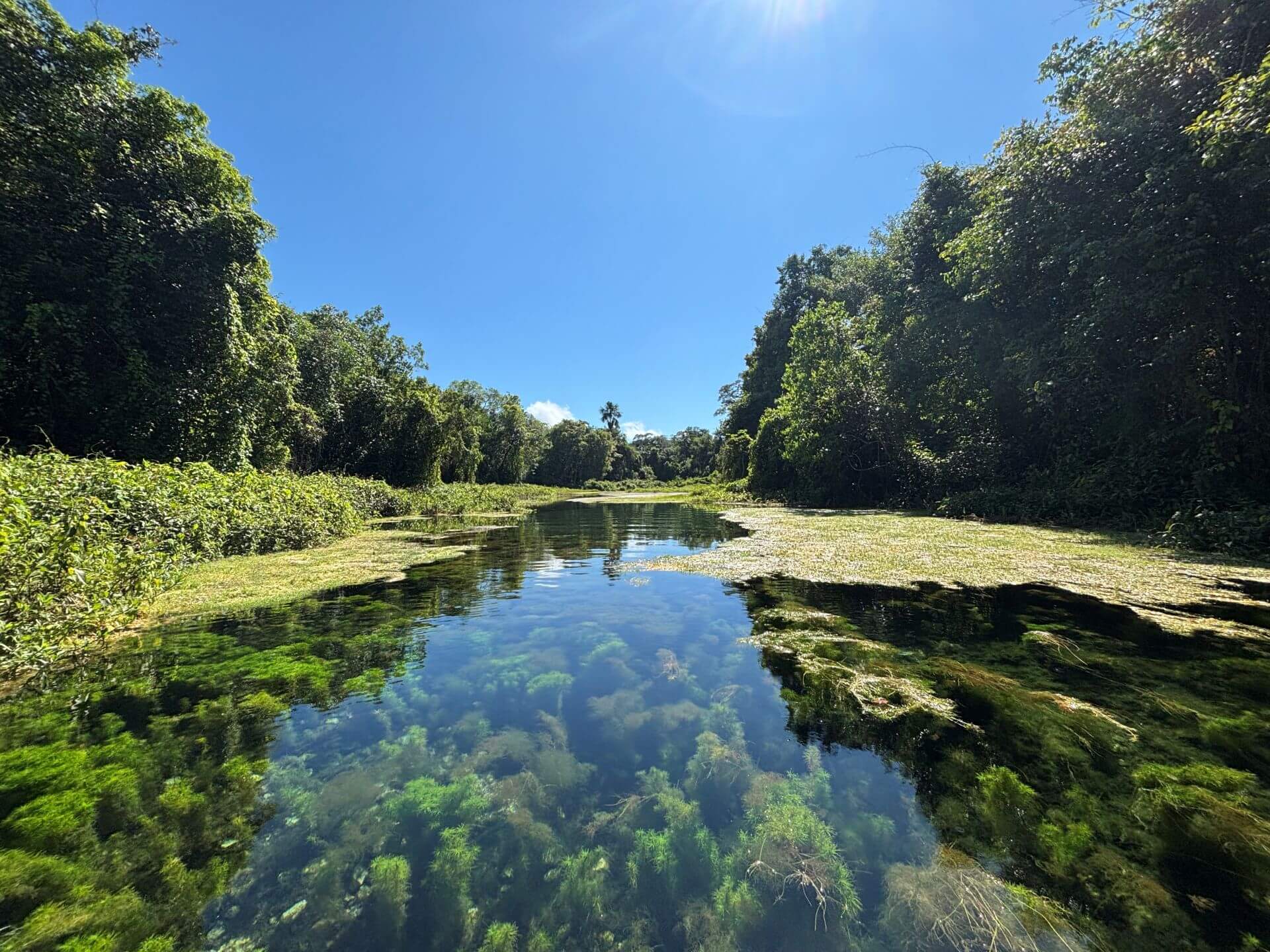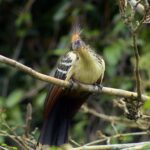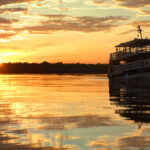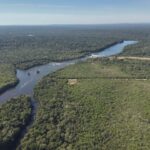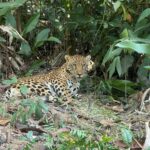On September 5th, Brazil celebrates Amazon Day. The date was originally created to mark the establishment of the Province of Amazonas in 1850, but over time it has come to identify a moment for reflection on the importance, challenges, and urgency of conserving the world’s largest tropical biome.
The Amazon rainforest spans about 6.7 million square kilometers and crosses nine South American countries. The largest portion of the Amazon, approximately 60%, is located in Brazil, while Peru and Colombia include 13% and 10%, respectively. This vast area is home to the largest river basin on the planet with around 1,100 tributaries, and the Amazon River which alone releases 175 million liters of water into the ocean every second.
However, it is its complex local biodiversity that gives the Amazon its critical role in maintaining the planet’s balance. Covering 5% of the Earth’s surface and 40% of South America, the Amazon harbors roughly 10% of the world’s biodiversity, including countless species that have yet to be described by science. According to WWF Brazil, more than 3,000 freshwater fish species, 1,300 bird species, 427 mammals, 400 amphibians, 478 reptiles, and around 40,000 plant species have already been recorded in the Amazon and these numbers continue to grow as new research is conducted.
Since Onçafari began its activities in the Amazon region, it has carried out dozens of monitoring campaigns using camera traps, contributing data on the occurrence of various species, including jaguars, pumas, tapirs, ocelots, and even rare species such as the bush dog and the short-eared dog. These records not only document wildlife presence but also help guide data-driven conservation strategies.
The forest also has a direct influence on the global climate, regulating rainfall cycles across much of South America and contributing to the planet’s climate stability. In other words, preserving this ecosystem is not only an environmental issue, but also a climate and social imperative.
“The Amazon is a biome that influences others, whether through the dispersion of biodiversity, since it spans several countries and carries significant political weight, or through its role in controlling the climate and rainy season across much of the country. Moreover, it holds the ancestral DNA of traditional ethnic groups that have inhabited the region for generations.”
— Geovani Vial, Conservation Base Coordinator at Thaimaçu Lodge
However, the Amazon faces numerous threats, including the advancement of deforestation, land grabbing, illegal mining, and the construction of large-scale infrastructure projects that pose socio-environmental risks to the biome’s integrity. The forest lost over 88 million hectares between 1985 and 2023 according to a 2024 MapBiomas report, an area equivalent to the size of Colombia. Although 2024 saw a 30% decrease in the rate of deforestation with around 6,288 km² of forest destroyed between August 2023 and July 2024 (according to INPE), the situation still demands constant vigilance and ongoing action.
Onçafari’s initiatives are part of a coordinated conservation effort grounded in science to address these threats. Since 2017, the organization has been active in the Amazon, in the Pousada Thaimaçu, where it conducts research and monitoring of large felines. In addition to its field station, Onçafari also acts in the Anavilhanas Jungle Lodge and manages four own properties in the region that serve as strategic areas for the creation of ecological corridors that connect forest fragments and allow safe movement of species. These properties are protected and managed for conservation, serving as refuges and safe passage zones for wildlife and also contributing to the protection of water resources and native vegetation.
Onçafari, as a multifaceted NGO, plays a strategic role in the Amazon region where it operates, in which has been under intense pressure from deforestation, hunting, and illegal mining. Its work involves monitoring biodiversity, preventing forest fires, and managing areas adjacent to an important conservation unit: the São Benedito and Azul Rivers Wildlife Refuge,” adds Geovani.
BEST OF TRAPS: ANAVILHANAS FROM DEZ/24 TO MAR/25
Caption: Camera trap images from Anavilhanas Jungle Lodge, in the Amazon rainforest, in three months
Fieldwork involves the installation of camera traps, tracking footprints and scat, and using technologies like GPS collars, which send location points every hour. This data is essential for understanding behavioral patterns, population dynamics, and ecological interactions.
Another important pillar of Onçafari’s work in the Amazon is the reintroduction front. Big cats undergo a rehabilitation period in controlled environments that simulate their natural habitat with minimal human contact to encourage wild behavior and promote independence before returning to the wild. In 2019, female jaguars Pandora and Vivara, rescued as cubs, were reintroduced in the Serra do Cachimbo region, an area of well-preserved Amazon rainforest, after a rehabilitation process in a 1.5-hectare forest enclosure located at Thaimaçu Lodge. More recently, in 2024, a young male jaguar named Xamã found in poor health and alone as a cub, was also released in the Amazon after more than a year of preparation. Since then, he has been monitored via GPS, has roamed over 14,000 hectares, and has established his own territory contributing to the conservation of the species in the biome.
- Foto: Rodrigo Falcão
- Foto: Acervo Onçafari
- Foto: Acervo Onçafari
- Foto: Acervo Onçafari
Caption: Aerial photo of Thaimaçu, sunset in Anavilhanas, the Hoatzin, a native species from the northern region of South America, and Xamã, the jaguar.
Therefore, September 5th is not just a commemorative date; it serves as a reminder that the conservation of the Amazon depends on consistent, ongoing actions grounded in data, respect for both Indigenous and scientific knowledge, and collaboration across all sectors of society. In a rapidly changing world, Oncafari’s initiatives highlight the need for integrated action to ensure the Amazon continues to fulfill its role in maintaining the planet’s environmental balance.
Cover photo: Julia Vial
Written by: Maria Julia Farias

